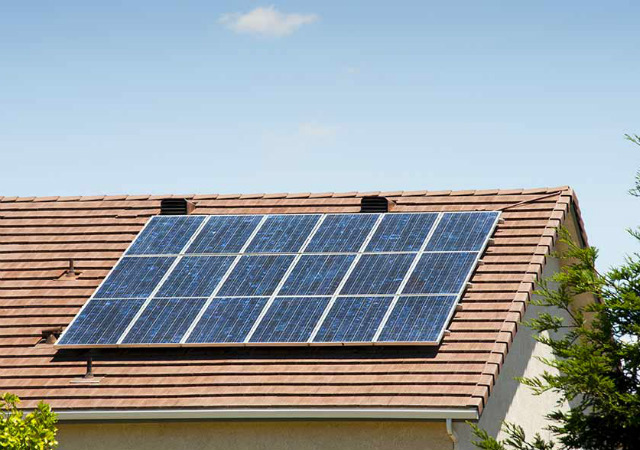specifics It's Important To Be Aware Of Solar Cell Technologies
There are numerous of technologies which you can use to create devices which convert light into electricity, and we're gonna explore these therefore. There is always an account balance to be struck between how good something works, and exactly how much it is to generate, along with the same can be said for solar energy.
We take cells, and that we combine them into larger units known as "modules," these modules," these modules can again get in touch together to make arrays. Thus we are able to observe that there exists a hierarchy, the location where the solar panel is the smallest part.
Let's look into the structure and properties of solar "cells," having said that, when combined into modules and arrays, the solar "cells" listed below are mechanically sustained by other materials-aluminum, glass, and plastic.
One of several materials that cells can be achieved from is silicon-this is the material which you find inside integrated circuits and transistors. You will find great reasons for implementing silicon; it does not take next most abundant element in the world after oxygen. When you consider that sand is silicon dioxide (SiO2), it becomes clear that it is a lot of it on the market!
Silicon works extremely well in numerous new ways to produce pv cells. The most efficient solar technology are "monocrystalline cells," they are slices of silicon taken from an individual, large silicon crystal. As it's just one crystal it provides a very regular structure with out boundaries between crystal grains and so it performs well. Stop identity a monocrystalline solar cell, mainly because it appears to be round or possibly a square with rounded corners. 
Among the caveats using this kind of method, since you will see later, is when a silicon crystal is "grown," it produces a round cross-section solar cell, which does not fit well with making solar power systems, as round cells are difficult to rearrange efficiently. The next form of solar cell we are considering also produced from silicon, is slightly different, it's a "polycrystalline" solar panel. Polycrystalline cells remain made out of solid silicon; however, the task accustomed to make the silicon from where the cells are cut is slightly different. This leads to "square" cells. However, there are several "crystals" in the polycrystalline cell, so that they perform slightly less efficiently, whilst they be cheaper to make with less wastage.
Now, the issue with silicon cells, once we will discover within the next experiment, is because are all effectively "batch produced" which means these are manufactured in small quantities, and so are fairly expensive for manufacture. Also, as all of these cells are formed from "slices" of silicon, they'll use quite a lot of material, this means these are pricey.
Now, there is another kind of solar cells, so-called "thin-film" solar panels. The difference between these and crystalline cells is that rather than using crystalline silicon, these use chemical compounds to semiconduct. Caffeine compounds are deposited together with a "substrate," in other words a base for the solar cell. There are some formulations that will not require silicon in any respect, for example Copper indium diselenide (CIS) and cadmium telluride. However, there is also a process called "amorphous silicon," where silicon is deposited with a substrate, but not in a uniform crystal structure, but because a skinny film. In addition, rather than being slow to generate, thin-film solar cells can be produced employing a continuous process, causing them to be a lot less expensive.
However, the disadvantage is always that when they are cheaper, thin-film solar panels are less powerful than their crystalline counterparts.
For additional information about pin mat troi poly site: look at here.